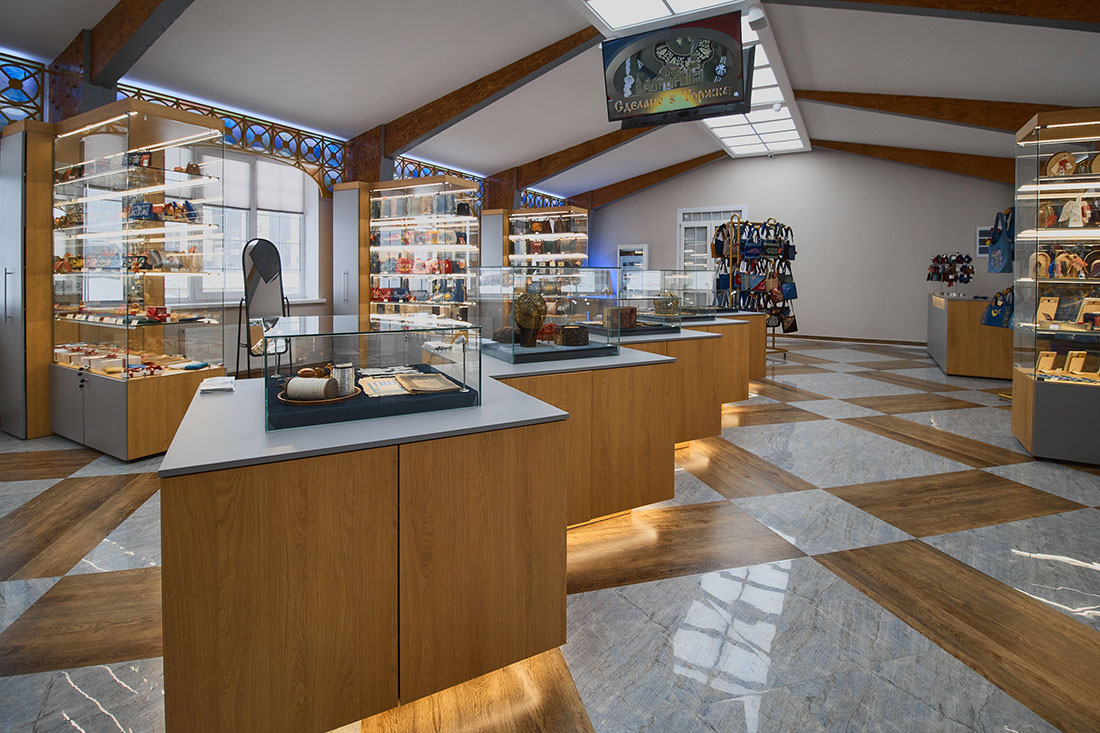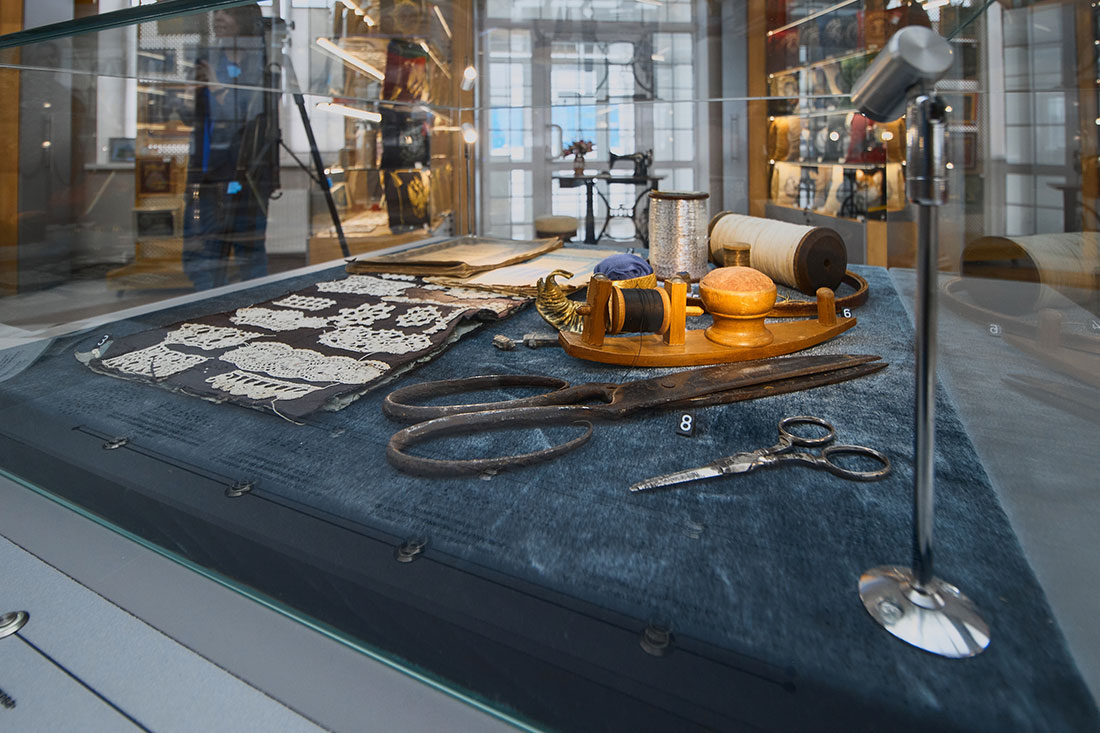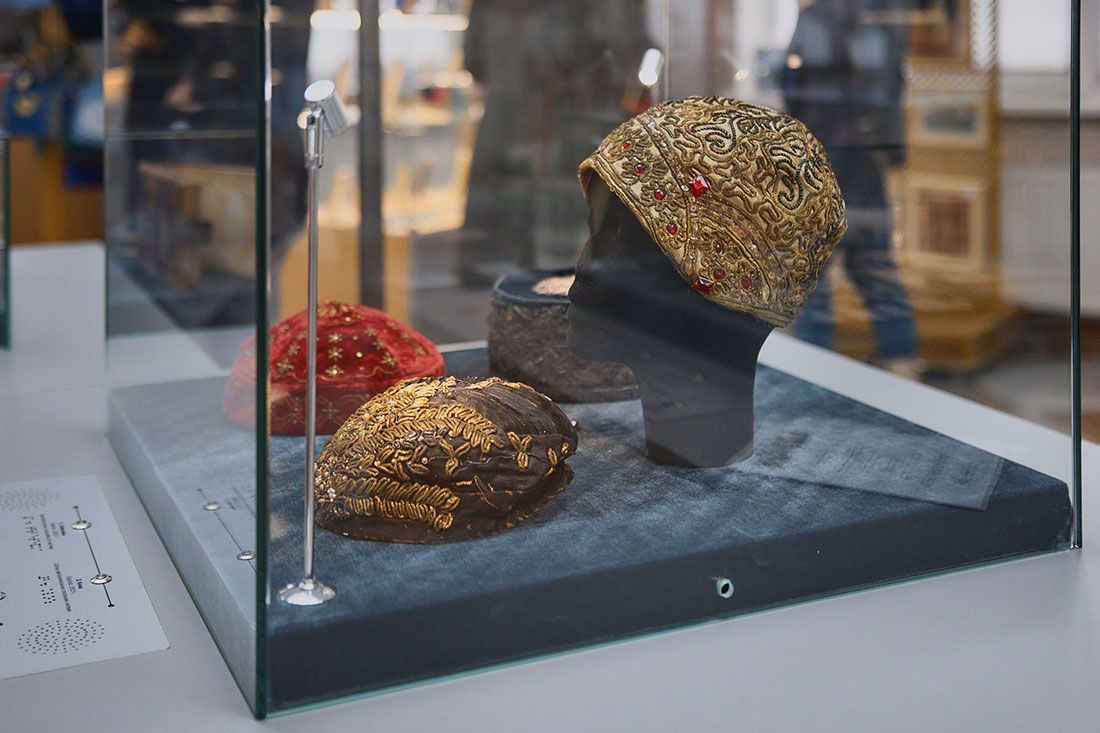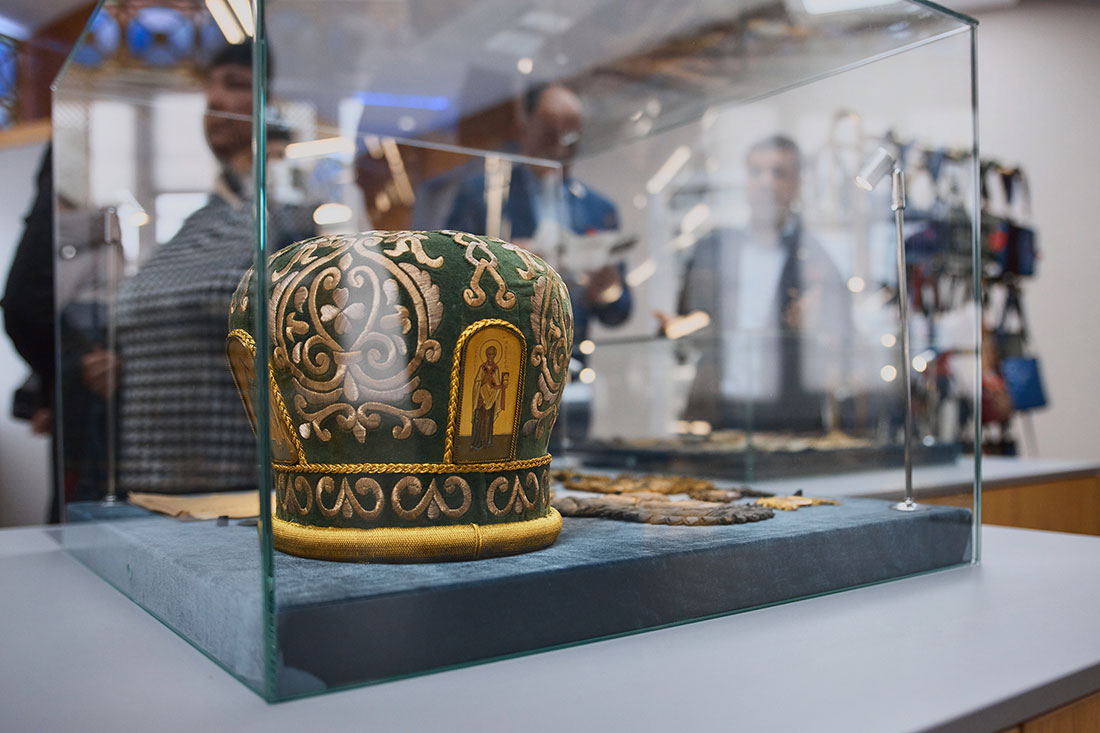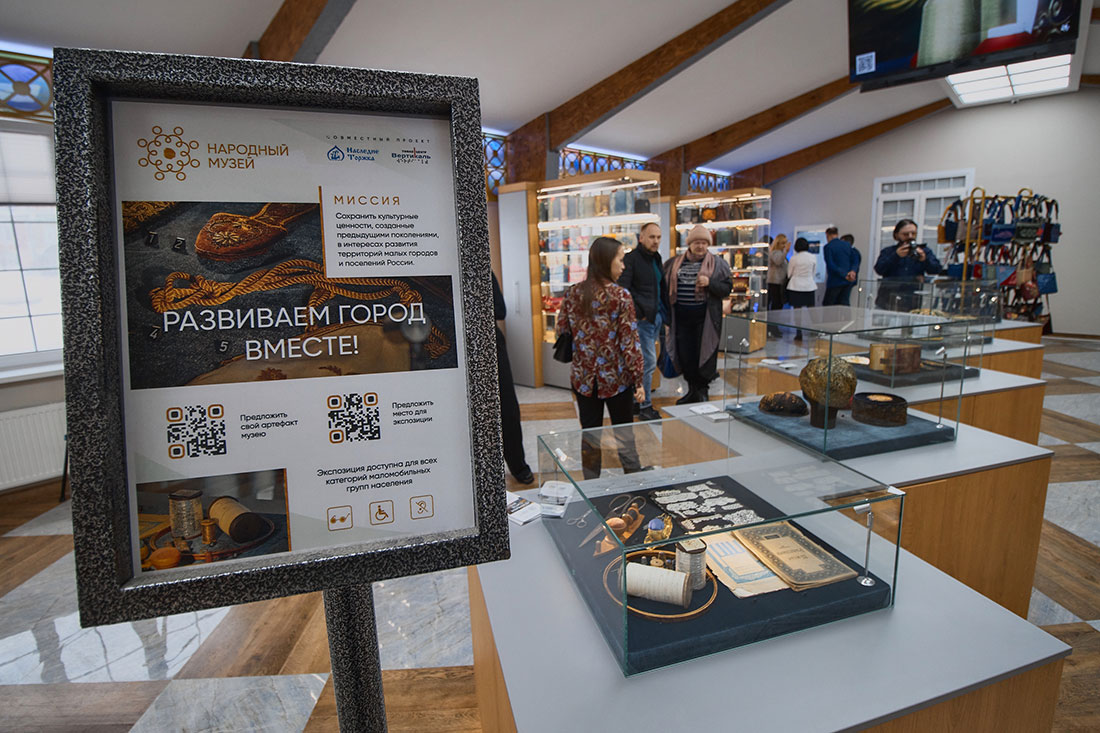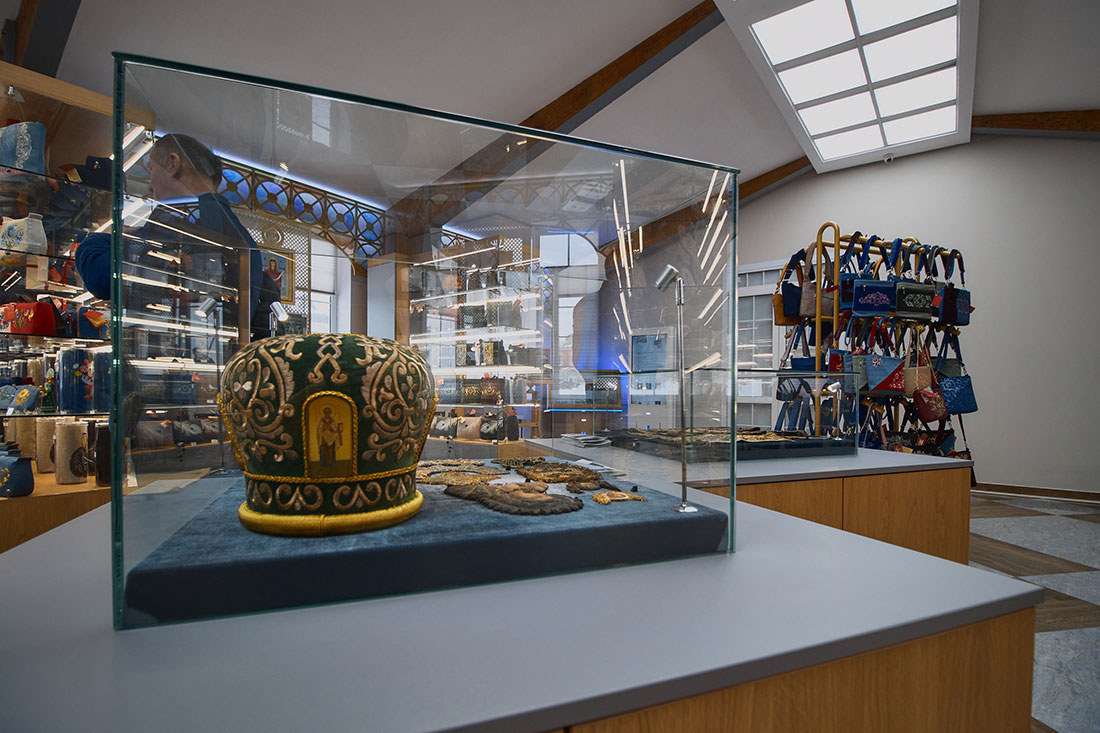People’s Museum
Tver Oblast
Contact information
Operating hours
Mon. – Fri.: 10:00 – 19:00
Sat.: 10:00 – 18:00
Sun.: 10:00 – 17:00
Ticket price
Free
Founder, owner, and director of the museum
Cherepnov Alexey Igorevich
Founded
2022
The idea of creating the museum arose from Alexey Igorevich Cherepnov over 2 years ago when a plan for implementing impact projects in our city of Torzhok was being developed.
The concept of this project is to create unique thematic exhibitions in various areas filled with objects directly or indirectly related to the history of these places.
Our mission is to create conditions for the development of small city territories by involving residents and communities in processes that enhance their tourist attractiveness.
The “People’s Museum” is filled with items donated by the residents of these areas. Organizers arrange them into unique exhibitions located in popular places. In this way, together with the residents, we are creating additional attractions in the city that not only preserve our history but also develop the city’s tourism potential.
The special feature of the museum exhibition is that all exhibits are authentic and connected to the history of the city. In addition, the exhibition is accessible for people with disabilities as it is equipped with inclusive showcases, making the exhibits accessible for the visually impaired, hard of hearing, and people with disabilities.
The “Golden Embroidery of the 19th Century” exhibition in Torzhok is a collection of authentic artifacts from the 18th century with gold embroidery:
1. Cherubims. Panel Element. 18th Century
A fabric panel element depicting the face of a cherubim. 13.5 x 11.5 cm with fringe. Made of beige velvet with a cotton fabric base. The upper part features an angel’s face, 5 cm in size, made of dense cardboard. A nimbus is embroidered above the head with thick thread. Donated to the NGO “Heritage of Torzhok” by the Vydrin family for free use. The item is handmade, and the precision and accuracy of all the details are astonishing, preserving the delicate work in its original form.
2. Embroidered Icon of the Mother of God
A fragment of an ancient icon embroidered by hand with gold threads and decorative elements. The preservation of the specimen is average, as over time, the metallic threads have lost their brightness and become dark. Donated to the NGO “Heritage of Torzhok” by the Vydrin family for free use.
3. Pocket Watch Case from the 19th Century
An artifact from the family collection of Marina Valshonok. Donated for free use. This interesting accessory is intentionally presented without a pair, as these fabric shoes were designed for pocket watches and were worn individually. This stylish detail adorned men’s suits.
4. Headdress from the 18th Century
Donated to the NGO “Heritage of Torzhok” by a resident of the Torzhok district who wished to remain anonymous. In Russia, a headdress called “volosnik” was a cap embroidered with a pattern of gold threads and a silk rim. Married women wore volosniks under their headscarves to ensure that no strand of hair would escape from under the cover, as mussed up hair was considered a major sin. The circumference of the headdress is decorated with embroidery of floral ornaments in the technique of gold embroidery.
5. Seal with a Saint Image. Approximately 16th Century
Two halves of a seal were found at different times in the area near the village of Sukromlya. The artifact was donated to the NGO “Heritage of Torzhok” for free use. The benefactor wished to remain anonymous. Once, this item belonged to the Novotorzhsky governor during the time of Archbishop Vasily (1331-1352). This is evidenced by the inscription on the front side. In those times, the main and essential message of its owner was conveyed in a concise and laconic text on the seal. Lead seals were attached to medieval official documents with strings. Seals from the ancient period are characterized by waist images of saints. Seals were typically made by first-class artists and destroyed to prevent abuse after the death or displacement of their owner from an administrative position.
